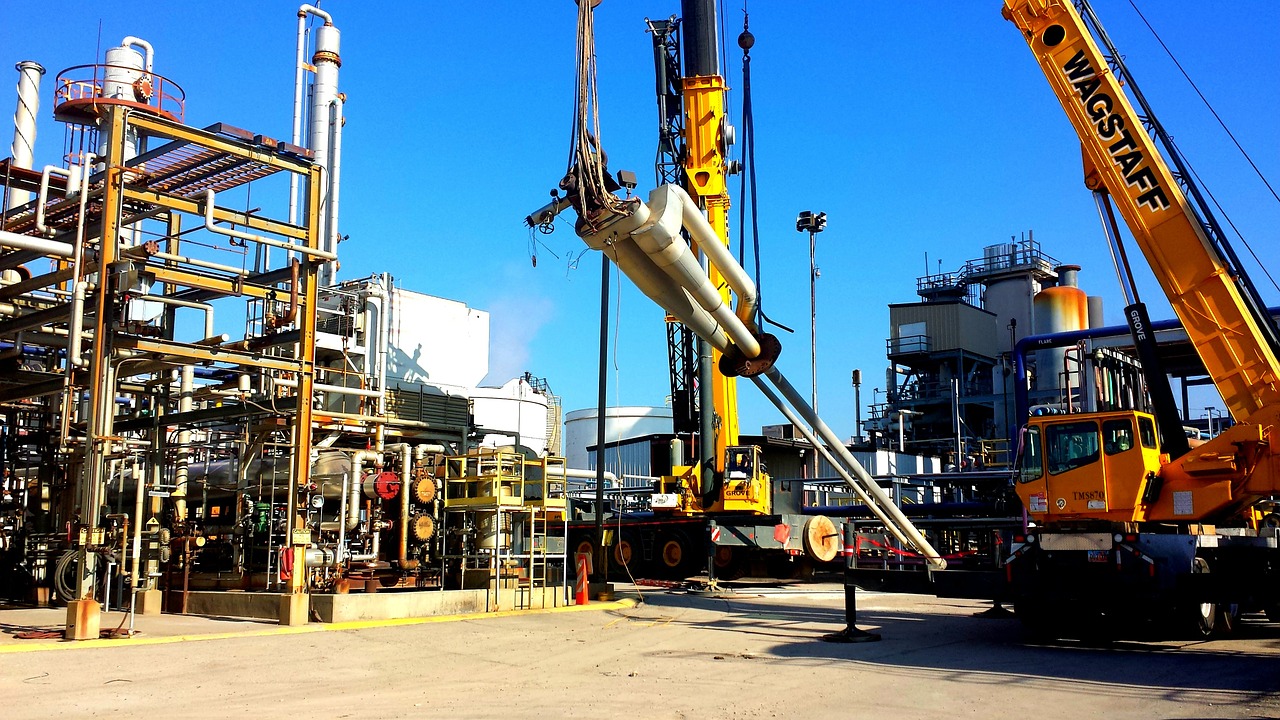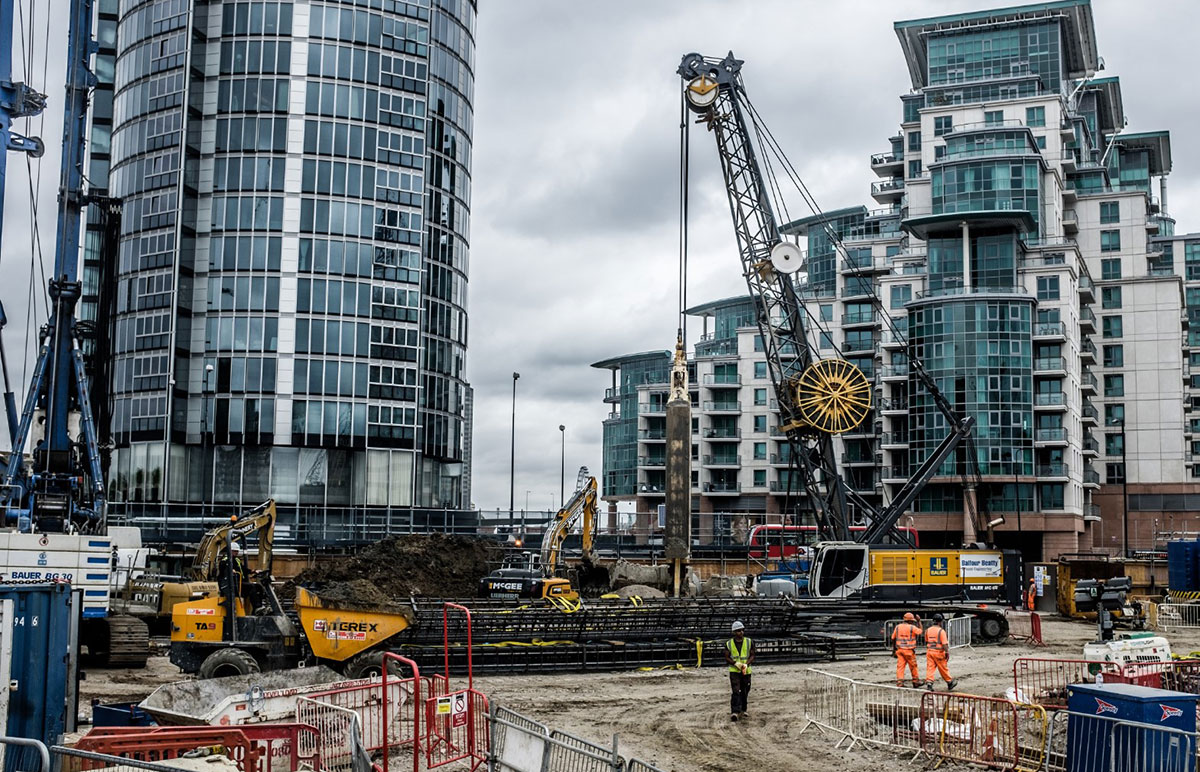How Geotheta can Save You Time, Stress, and Money.
How Geotheta can Save You Time, Stress, and Money.
Blog Article
The 9-Minute Rule for Geotheta
Table of ContentsEverything about GeothetaHow Geotheta can Save You Time, Stress, and Money.Little Known Facts About Geotheta.Geotheta for BeginnersExamine This Report about Geotheta

They carry out site examinations, accumulate examples, execute lab examinations, and analyze data to review the viability of the ground for construction jobs - Geotechnical Engineers. Based on their searchings for, geotechnical designers offer referrals for structure layout, slope security, retaining frameworks, and mitigation of geotechnical hazards. They work together with various other specialists, such as engineers, structural engineers, and building and construction groups, to make certain that geotechnical considerations are integrated into the general job style and execution
By evaluating the habits and residential properties of dirt and rock, they can identify possible geotechnical threats such as landslides, soil negotiation, or slope instability. Their knowledge assists prevent failings or crashes that might threaten lives and residential or commercial property. Below are some in-depth duties and obligations of a geotechnical engineer: Site Investigation: Geotechnical engineers conduct website examinations to collect data on subsurface conditions.
They analyze the data to comprehend the homes and habits of the dirt and rock, including their strength, permeability, compaction attributes, and groundwater problems. Geotechnical Analysis and Design: Geotechnical engineers evaluate the information accumulated during site examinations to evaluate the stability and suitability of the site for building and construction jobs. They do geotechnical computations and modeling to assess factors such as bearing capability, negotiation, incline security, side planet stress, and groundwater flow.
The smart Trick of Geotheta That Nobody is Talking About
Structure Style: Geotechnical designers play an important role in designing structures that can safely sustain the designated framework. They evaluate the dirt conditions and lots demands to identify the appropriate foundation kind, such as shallow structures (e.g., footings), deep structures (e.g (https://www.indiegogo.com/individuals/37984319)., piles), or specialized strategies like dirt renovation. They think about variables such as settlement restrictions, birthing capability, and soil-structure communication to establish ideal structure styles
They assess building plans, display site tasks, and conduct field evaluations to verify that the layout referrals are adhered to. If unexpected geotechnical problems emerge, they analyze the circumstance and offer referrals for removal or changes to the style. Risk Assessment and Reduction: Geotechnical engineers analyze geotechnical dangers and dangers related to the project website, such as landslides, liquefaction, or soil disintegration.

Collaboration and Interaction: More hints Geotechnical engineers work very closely with other experts associated with a project, such as engineers, structural designers, and building and construction groups. Efficient communication and cooperation are vital to incorporate geotechnical factors to consider right into the overall task design and construction procedure. Geotechnical designers supply technical know-how, answer questions, and make sure that geotechnical requirements are satisfied.
Little Known Questions About Geotheta.
Here are some kinds of geotechnical designers: Foundation Designer: Structure engineers focus on designing and evaluating foundations for frameworks. They assess the soil conditions, load requirements, and site characteristics to figure out one of the most appropriate foundation type and style, such as superficial structures, deep foundations, or specialized techniques like pile structures.
They examine the elements influencing slope stability, such as soil buildings, groundwater problems, and slope geometry, and establish strategies to stop slope failures and reduce risks. Earthquake Engineer: Quake designers concentrate on evaluating and designing structures to endure seismic forces. They evaluate the seismic risk of a site, assess soil liquefaction possibility, and establish seismic layout standards to make sure the safety and security and resilience of structures during earthquakes.
They perform area testing, collect samples, and assess the gathered data to characterize the soil residential or commercial properties, geologic developments, and groundwater problems at a site. Geotechnical Instrumentation Engineer: Geotechnical instrumentation designers concentrate on surveillance and gauging the actions of dirt, rock, and structures. They install and keep instrumentation systems that check factors such as soil settlement, groundwater levels, incline motions, and structural variations to examine performance and give very early warnings of possible problems.
The Best Strategy To Use For Geotheta
They perform examinations such as triaxial tests, debt consolidation tests, straight shear tests, and permeability examinations to gather data for geotechnical evaluation and layout. Geosynthetics Engineer: Geosynthetics designers focus on the style and application of geosynthetic products, such as geotextiles, geogrids, and geomembranes. They use these materials to enhance dirt security, strengthen inclines, offer water drainage solutions, and control erosion.
They often tend to be investigatory people, which suggests they're intellectual, reflective, and curious. They are curious, methodical, logical, analytical, and rational. Some of them are likewise social, meaning they're kind, generous, participating, client, caring, practical, compassionate, sensible, and pleasant - Engineer of Record.
In the office atmosphere, geotechnical engineers use specialized software application devices to do computations, create layouts, and assess information. They prepare reports, review job specifications, communicate with clients and staff member, and coordinate project activities. The office setting supplies a conducive environment for study, evaluation, and partnership with other specialists included in the project.
A Biased View of Geotheta
They frequently see task sites to conduct website investigations, analyze geotechnical conditions, and collect data for analysis. These gos to involve traveling to various locations, often in remote or challenging surfaces. Geotechnical designers may do dirt sampling, conduct examinations, and display building tasks to make sure that the geotechnical elements of the task are being implemented correctly.
Geotechnical designers also work in specialized geotechnical research laboratories. Geotechnical lab engineers work extensively in these atmospheres, managing screening tools, operating tools, and videotaping data.
Report this page